Translator CV examples to help you build yours
Translators help people understand each other, which can be an incredibly important job. What can you do to showcase your skills and get hired as a translator?
Translators help people understand each other, which can be an incredibly important job. What can you do to showcase your skills and get hired as a translator?
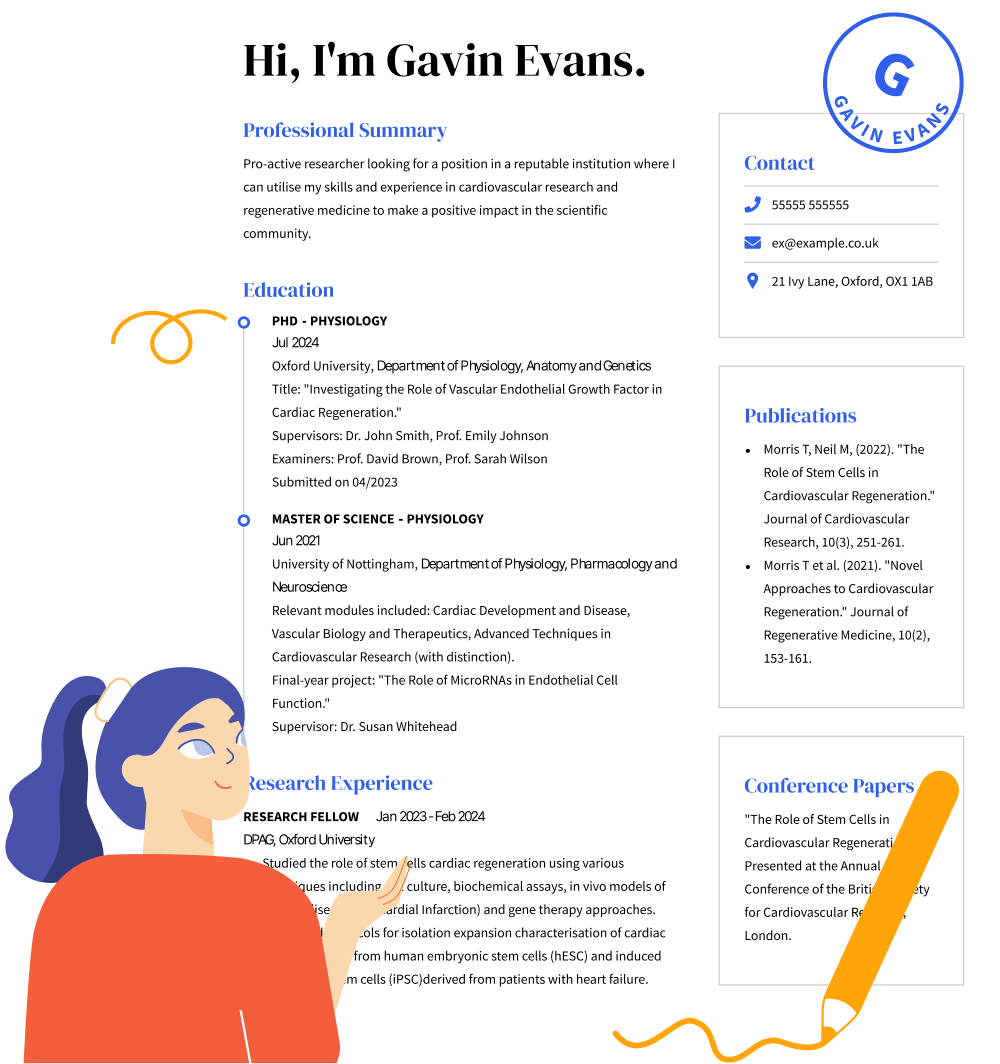
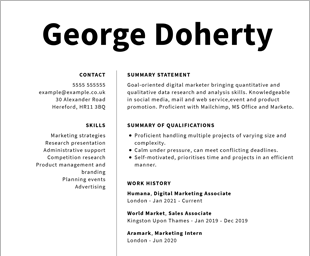
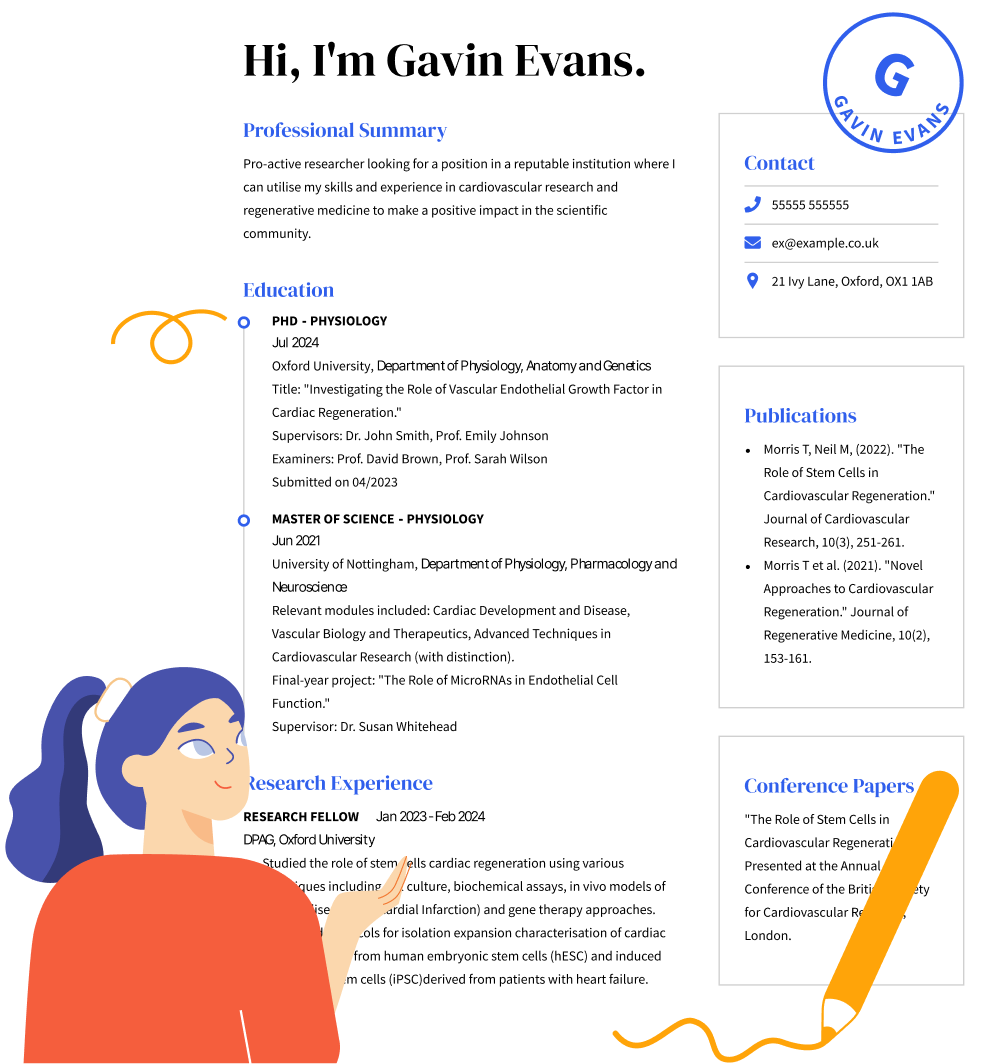
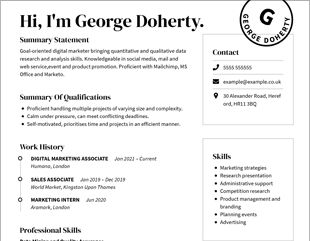
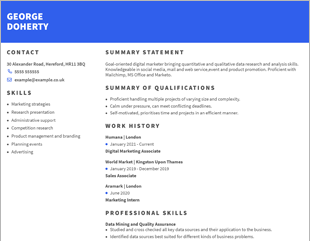
OUR USERS HAVE BEEN HIRED BY
Translators are some of the most important individuals in the business space because they allow people to communicate and conduct all sorts of business, even with a language barrier. Without translators, many people would be unable to make purchases, get medical care, or generally do business. If you’re interested in doing translation work, there are many opportunities out there. Use these tips and translator CV examples to create your translator CV.
Other languages need translation, so it’s most important that you know which language you want to translate for and study it extensively.
This includes both soft skills and hard skills. Technical skills are important for translation, but it’s also important that you’re able to work with your coworkers effectively.
Don’t:
Yes. A cover letter is always an important tool for any application, regardless of what it is. Cover letters show that you really care about getting the job, and they also let you ask directly for the job interview. You can use the CVHelp cover letter builder to make yours more easily.
If you don’t have much experience in the translation field, rely on your skills and education instead. A professional translator just needs to be bilingual at a minimum. In other words, they need to know their target language and their native language.
Every time you apply for a new job, you should revise your CV to fit the job opportunity. Use specific keywords listed in the job posting (e.g., particular skills needed), which increases your chances of capturing the recruiter’s attention. With CV keywords, you can present yourself as exactly the type of employee the hiring manager is looking for.
We personalize your experience.
We use cookies in our website to ensure we give you the best experience, get to know our users and deliver better marketing. For this purpose, we may share the information collected with third parties. By clicking “Allow cookies” you give us your consent to use all cookies. If you prefer to manage your cookies click on the “Manage cookies” link below.